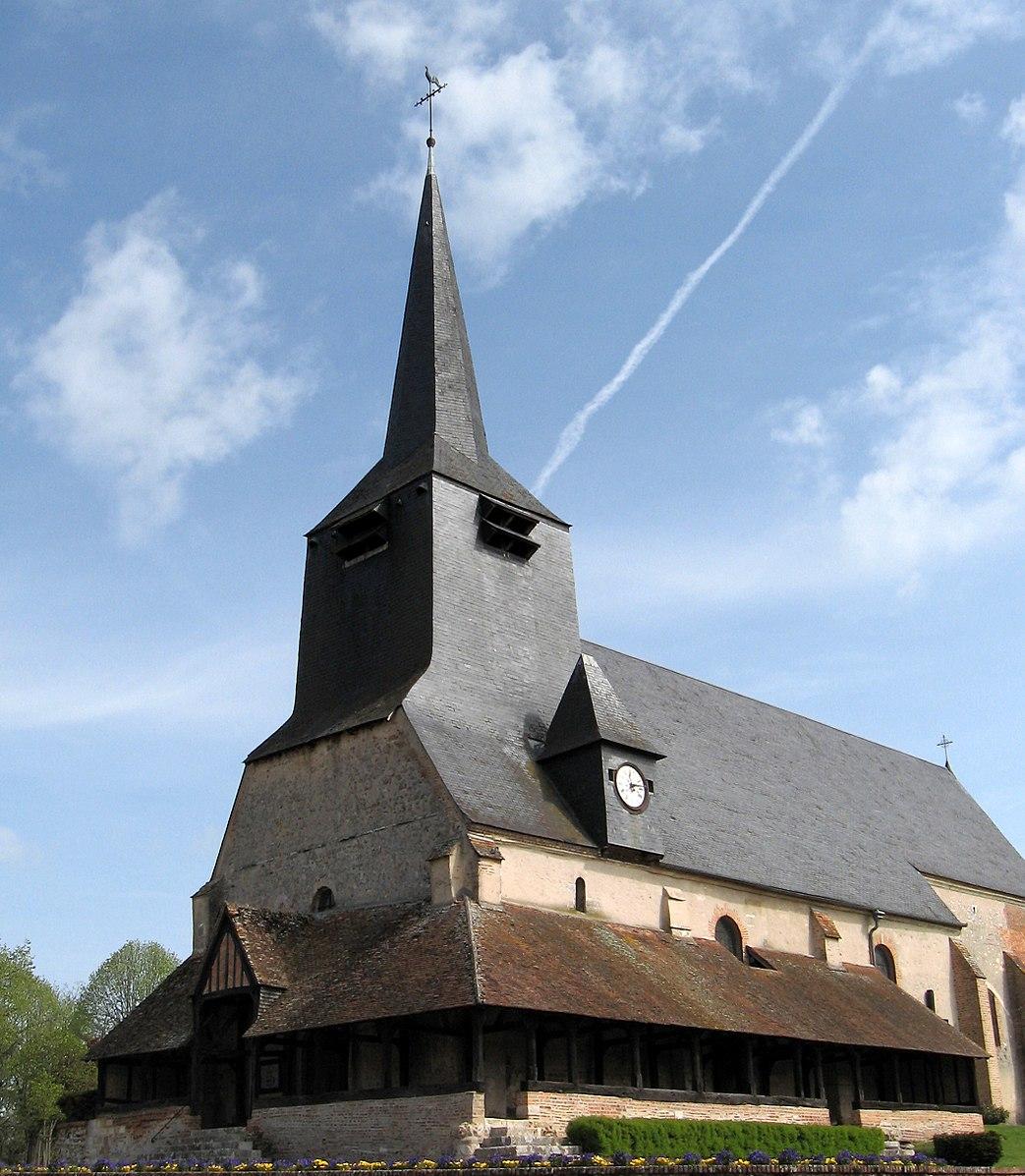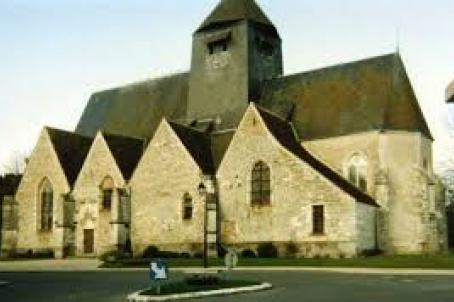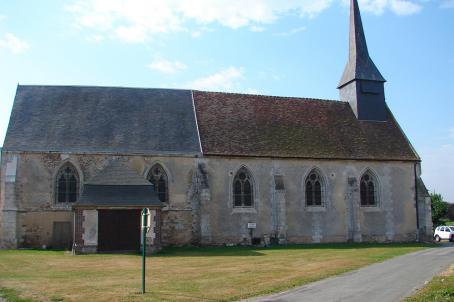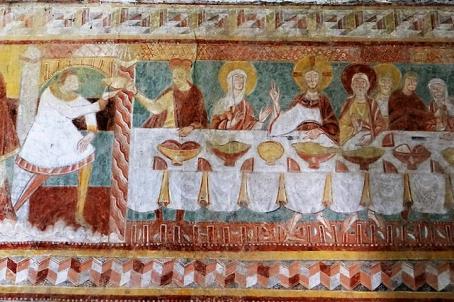Church of Saint-Barthélémy
Until about 1800, the church bears the name of Saint Aignan which is then replaced by that of Saint Barthélemy. Its particularity is its "caquetoire". It is an external gallery which decorates not only the facade but also a large part of the south side. One can date its construction to the XVIth century, after the emancipation of the inhabitants. At that time, it was used as a shelter for the parish meetings that were held at the exit of the mass.
About this building
The nave of the church is Romanesque and dates back to the end of the 11th century. There is no transept, only the trace of an arch intended for its opening is still visible. The choir is covered with a cross vault and closed by a polygonal chevet. The blue brick lozenges are one of the earliest decorative effects due to this material. In the choir, interesting lamp heads can be seen. One of them represents a shepherdess spinning her cattail and surrounded by her sheep. It could be Saint Solange, which would place this construction towards the end of the 15th century, when the cult of the saint took a certain extension. One can also admire, sealed on the walls of the nave, a remarkable Stations of the Cross, the work of the Orleans ceramist Jeanne Champillou.






